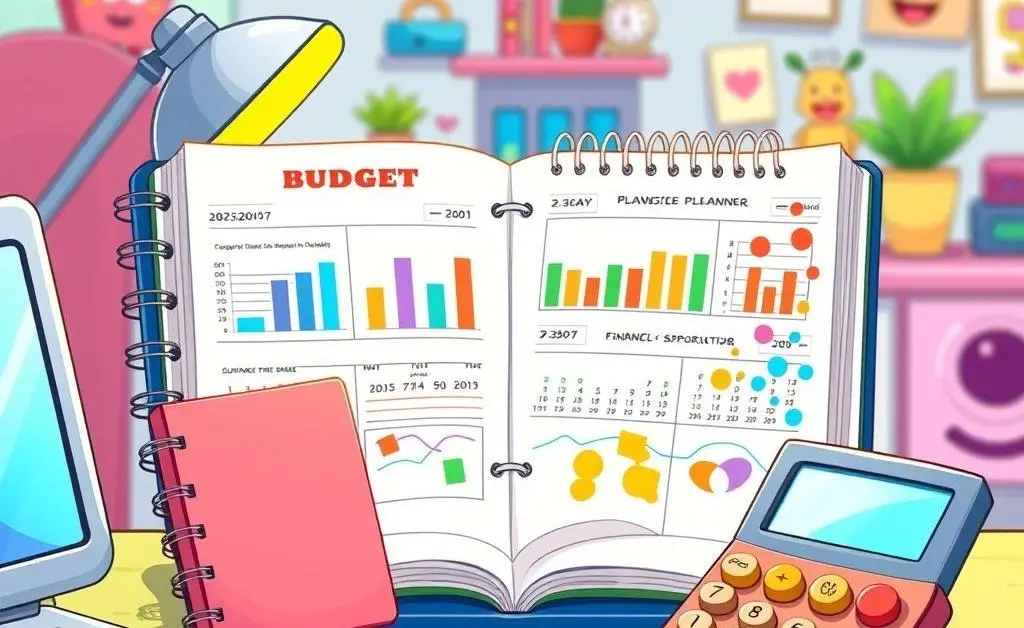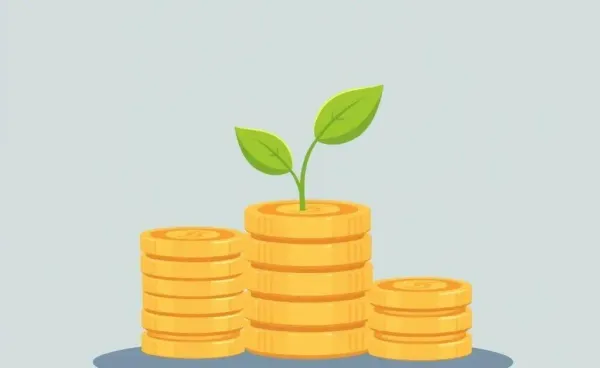Making Your Lump Sum Work: Smart and Simple Strategies
Explore practical ways to grow a lump sum of money with these beginner-friendly strategies.

Have you ever found yourself with a lump sum of money and wondered what the best way to grow it is? You’re not alone! Whether it’s a tax refund, bonus, or an unexpected windfall, figuring out what to do with this money can be daunting.
Start by considering your financial goals and risk tolerance—two key elements in deciding your next steps.
Understanding Your Financial Goals
Before diving into investment options, knowing what you want to achieve with your money is crucial. Are you looking to save for a rainy day, purchase a home, or secure your retirement? Each goal will require a different approach. For instance, investing for retirement might mean thinking about long-term growth, while saving for a short-term purchase could prioritize liquidity. Personally, when I had a chunk of money land in my account, I was torn between treating myself to a vacation and thinking wiser by letting it grow in a solid investment.

Exploring Investment Options
Once you clearly understand your goals, it's time to explore different investment options. Here’s a breakdown of some popular choices:
- Stocks: High risk but potentially high return. Great for long-term growth.
- Bonds: Generally safer than stocks with regular interest payments.
- Real Estate: Offers tangible assets but may require more initial capital and maintenance efforts.
- Mutual Funds: Professional management and diversification, though fees may apply.
- ETFs: Similar to mutual funds but usually with lower fees and more flexibility.

Considering Diversification
Diversification is a vital principle in investing—it’s about not putting all of your eggs in one basket. By spreading your investments across different asset classes, you can minimize potential risks and stabilize your return over time.
For example, a balanced portfolio might include a mix of stocks, bonds, and real estate. This way, even if one sector dips, the others might cushion the impact, providing a smoother ride through the market's ups and downs.

Final Thoughts
Ultimately, growing a lump sum effectively means understanding your goals, exploring your options, and balancing the risks involved. It's a journey of continuous learning and adjustment, one where patience truly is a virtue.
What about you? How would you invest a suddenly received lump sum? Let me know your thoughts!




